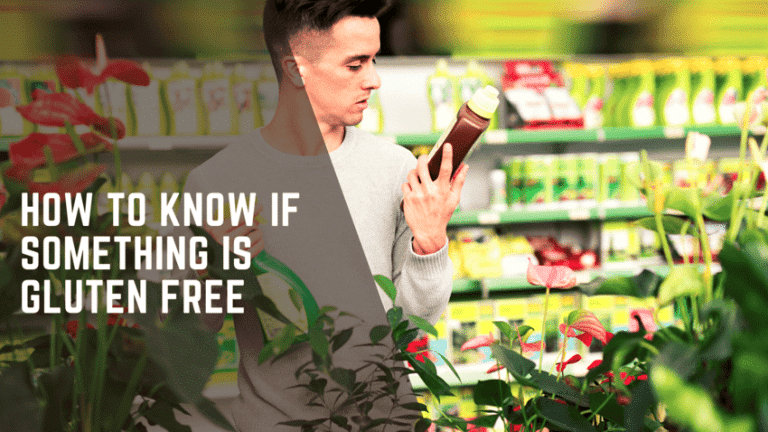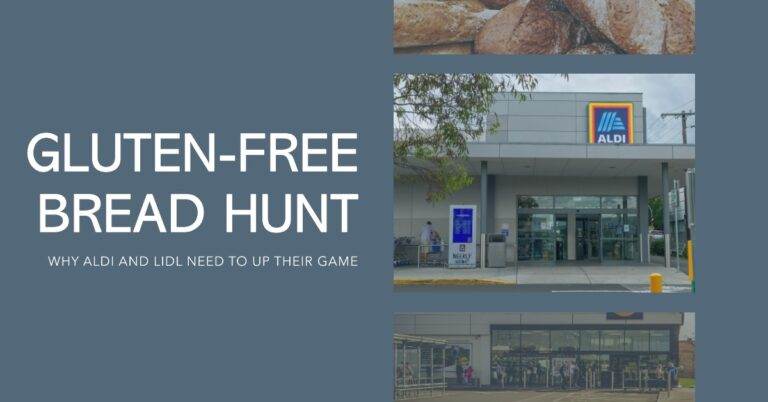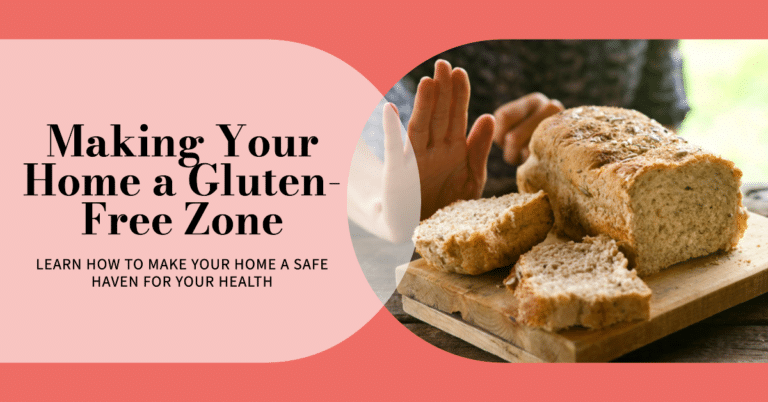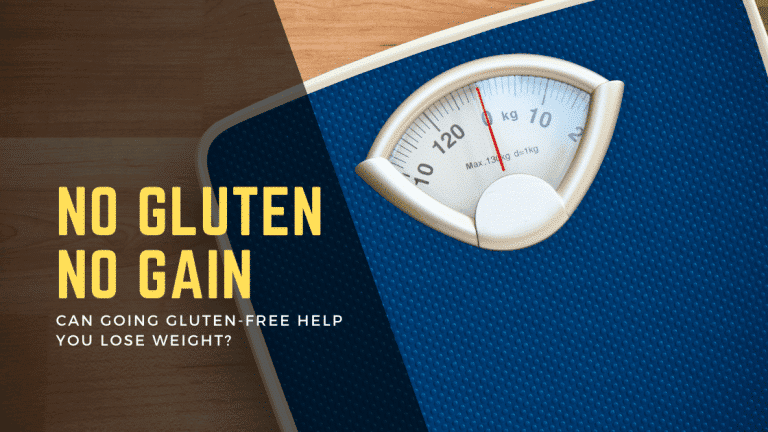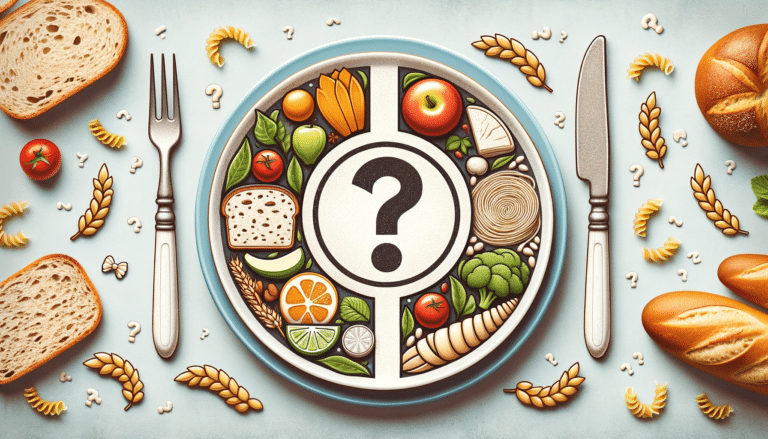Is Gluten Free Food Healthier? – Why A Gluten-Free Diet Isn’t Always The Way
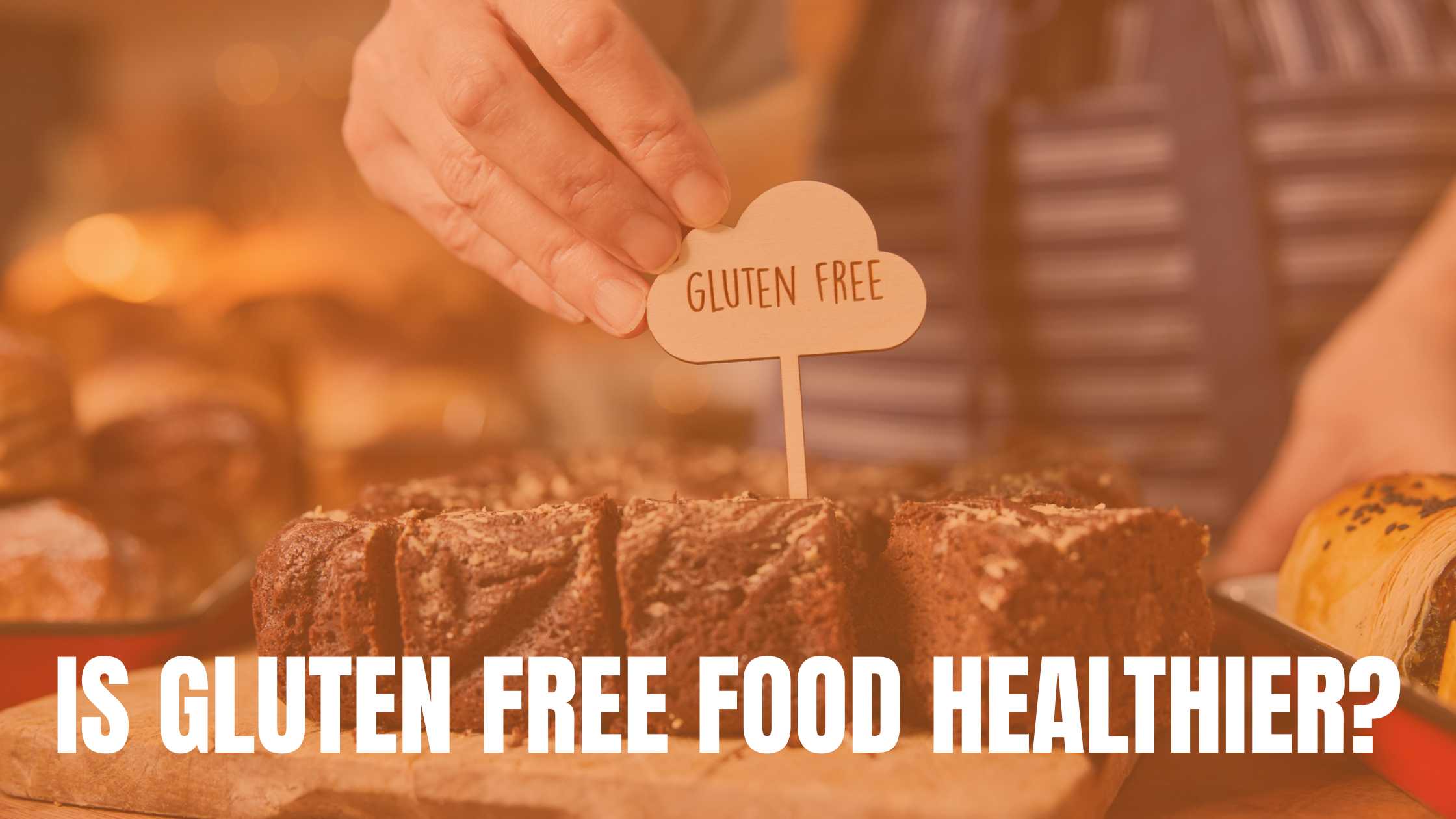
Is Gluten free food healthier? Or are you better off sticking with their gluten-filled counterparts?
The quick answer: these types of food are essential for people with celiac disease, like me, but not necessarily healthier for everyone else.
Stick around to demystify the complexities and get the real scoop.
Key Takeaways
Key Takeaways
- Gluten-free diets are mandatory for those with celiac disease.
- Not all gluten-free foods are created equal; many are high in sugar and fats.
- Whole foods that don’t contain gluten are usually healthier options.
- Cutting gluten without a medical reason may miss essential nutrients.
- Consult your healthcare provider for a personalized plan.
The Deal With Gluten-Free Diets
Alright, 2021 was a big year for me. But not in the way you’d expect. It was the year I was diagnosed with celiac disease and IBS after struggling for years with mysterious symptoms.
These two aren’t exactly the peanut butter and jelly of diagnoses, but hey, when life gives you lemons, right?
Going gluten-free was no longer an option but a necessity. Curious to learn more? Find out how I knew I had celiac disease here.
Why It’s Mandatory for Celiacs
Here’s the scoop. If you have celiac disease, your small intestine screams for mercy when you eat gluten.
It triggers an autoimmune response that can mess up your insides big time.
Notice how I said autoimmune response? Yep, that’s right. Celiac disease is not an allergy, unlike some would lead you to believe.
And for folks like me, a strict gluten-free diet is the only path to relief and healing.
The Health Trap of Gluten-Free Products
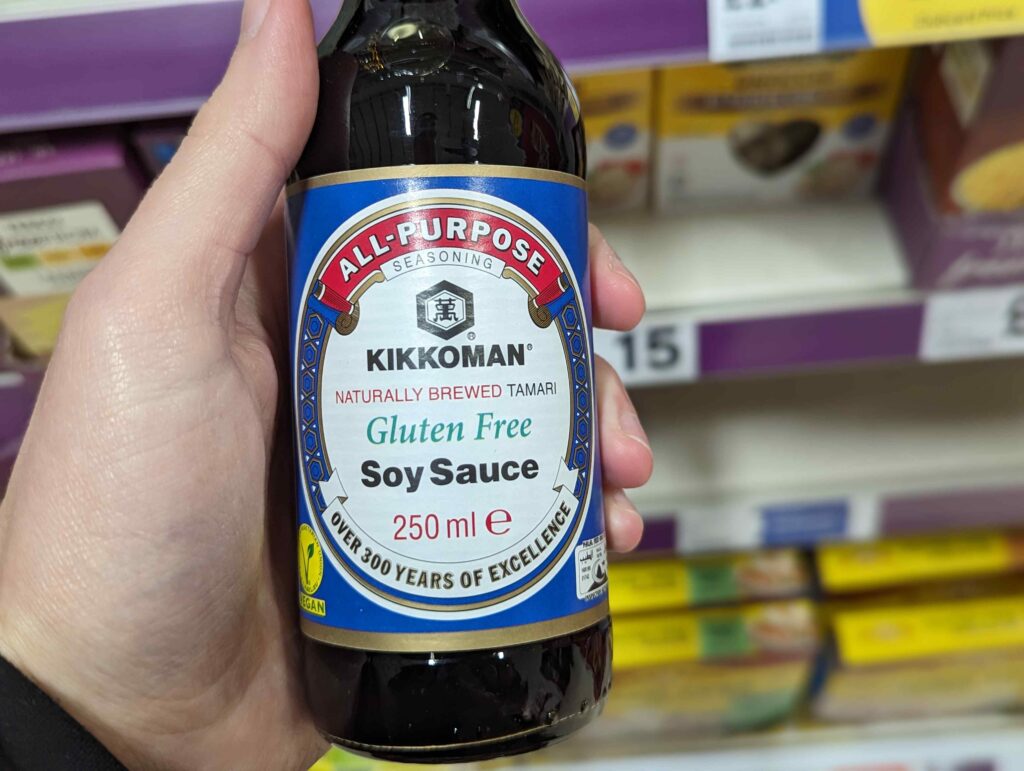
Not all that glitters is gold, and not all gluten-free foods are your friends.
A big misconception is that “gluten-free” automatically means healthier. Let’s debunk that.
Many gluten-free products replace gluten with extra sugar, fats, or chemicals. Yikes, right?
It’s a subject I’ve dug deep into, and if you’re keen to dive further, check out these common gluten-free misconceptions.
Natural and Nutrient-Dense Alternatives
Whole foods that don’t contain gluten are usually the best options when you have celiac disease or gluten sensitivity.
Fruits, vegetables, and lean meats are my go-to. Unlike many processed gluten-free foods, they are naturally rich in nutrients and fiber.
Rye, Barley, and The Not-So-Obvious Culprits
Alright, wheat gets all the bad press, but let’s not forget its sneaky siblings: rye and barley.
These grains also contain gluten and can be as harmful as wheat for someone with celiac disease.
The same goes for oats too – while naturally gluten-free, they can become subject to cross-contamination during the manufacturing process.
If you’re celiac too, you’ll need to opt for oats explicitly labelled gluten-free. To learn more, check out my guide – can celiacs eat oats?
Gluten Hides Where You Least Expect It
You’d be amazed where gluten can hide. I was taken aback when I discovered that even cosmetics could be a source of celiac cross-contamination.
That’s why making my home a gluten-free zone became a necessity. Far from easy in a house full of non-celiacs, let me tell you!
The Complex World of Gluten-Free Whole Grains
Ah, whole grains. Nutritionists sing their praises, but here’s the rub: many whole grains contain gluten.
For those of us with celiac disease, that means we’ve got to dig a little deeper.
Barley and rye? They’re on the no-go list. But not all whole grains are created equal. Some are naturally gluten-free and pack a nutritional punch.
Decoding Gluten-Free Whole Grains
Quinoa, rice, and millet are your gluten-free besties in the whole grains department. They contain no gluten and offer a variety of nutrients.
Forget the notion that you can’t have grains on a gluten-free diet. You can, and you should.
Grains like these offer dietary fiber that’s often missing in processed gluten-free foods.
That’s right, processed gluten-free foods aren’t always your nutritional savior.
Here’s the quick rundown:
- Quinoa: A protein powerhouse.
- Rice: Versatile and easy to find.
- Millet: Packed with vitamins.
Gluten in Sneaky Places: Beware Of The Condiments
Trust me, gluten hides in the most unexpected corners. Take your everyday condiments. You’d think they’re innocent, but some can contain gluten.
Just because a product isn’t made from wheat, barley, or rye doesn’t mean it’s safe. Many products have traces of gluten added to foods as thickeners or flavor enhancers.
So, always check the labels, especially if you have celiac disease or gluten sensitivity.
Myths That Drive Me Bananas: The “Healthier” Trap
People think going gluten-free means eating only whole foods. If it were that easy, we’d all be glowing health gods by now.
Gluten-free does not equal healthy eating by default.
Many processed gluten-free foods contain high amounts of sugar and fats that can lead to you piling on the pounds if you’re not careful.
You have to be judicious. Just because it says gluten-free on the label doesn’t mean it’s good for you.
Your Gut’s Best Friends? Always Consult A Professional Before Going Gluten-Free
Talk to your healthcare provider before making any drastic changes, especially if you may have celiac disease or suspect you have a gluten sensitivity.
It’s essential to get proper testing to diagnose celiac disease. Tests aside, if you must avoid gluten, focus on foods that don’t contain gluten naturally.
Fruits, vegetables, and lean proteins can be part of a balanced diet without the gluten overload.
Deciding to Cut Gluten? Weigh the Risks and Benefits
Considering going gluten-free? Assess the risks and benefits of following a gluten-free diet.
For those diagnosed with celiac disease or having a non-celiac gluten sensitivity, the benefits are clear – removing gluten is necessary for symptom relief and long-term health.
But if you’re someone without celiac disease and thinking of cutting gluten just because, think again.
Your body might not react to the dietary change as you expect.
Gluten Intolerance Isn’t a One-Size-Fits-All Issue
You know the drill. You eat something you think is safe, and then bam! Stomach turmoil.
Gluten intolerance is more than a trendy health term. For some, it’s the real deal.
How Do You Know It’s Not Just Wheat Allergy?
Wheat allergy and gluten intolerance often get confused. But here’s the rub: A wheat allergy means you’re allergic to proteins in wheat—not just gluten.
People with gluten intolerance have difficulty processing gluten, the protein found in wheat, barley, and rye.
| Condition | Response to Gluten/Wheat | Solution |
|---|---|---|
| Wheat Allergy | Allergic reaction | Avoid all wheat products |
| Gluten Intolerance | Difficulty processing gluten | Follow a gluten-free diet |
To Eliminate or Not To Eliminate Gluten?
Feeling better isn’t always about ditching all gluten-containing foods from your life. Sometimes it’s more nuanced.
Maybe you need to eliminate gluten from certain meals or find gluten-free alternatives. Maybe you just need to cut out gluten from snacks.
Either way, anyone considering cutting gluten from their diet must absolutely consult a professional first.
How To Eat Gluten-Free And Not Miss Out
Listen, a gluten-free diet may sound restrictive, but it doesn’t have to suck the joy out of eating.
There are plenty of gluten-free options that are both delicious and nutritious.
If you’re planning to adopt a gluten-free diet, think about the following:
- Focus on foods that naturally don’t contain gluten. Think fruits, veggies, and lean proteins.
- Explore gluten-free whole grains like quinoa and rice.
- Look for gluten-free bread that doesn’t sacrifice taste.
Gluten-Free Diet: The Necessity for Some, A Lifestyle for Others
For those diagnosed with celiac disease, following a strict gluten-free diet is necessary.
But people without celiac disease sometimes choose this path too.
So what’s the deal? Well, some may have a gluten sensitivity that causes discomfort but not full-blown celiac symptoms.
It’s important to differentiate and understand your body’s specific response before you cut gluten out of your diet.
What’s In Those Processed Foods, Anyway?
If you’re new to gluten-free, you might get lured by processed foods claiming to be your gluten-free savior. Be cautious.
Many processed gluten-free foods contain high amounts of sugar and other additives. If you’re going to eat gluten-free, focus on whole foods.
They’re the real heroes in this story!
Is Gluten Free Food Healthier? – Not Necessarily, It’s All About Balance!
I get it – the “gluten-free” label might seem like a promise of a super-healthy food.
But let’s be clear: sometimes, that’s far from the truth. Processed foods simply aren’t good for you for the most part – whether they’re gluten-free or not.
Here’s the thing – a gluten-free diet is essential for me as a diagnosed celiac. Some might call it a fad, but when you have no choice in the matter, you learn to block out the noise.
It’s generally not a good idea to follow a gluten-free diet if you don’t have to. So please don’t be tempted to self-diagnose – get yourself checked out by your doctor or speak with a registered dietician if in doubt.
The best advice I can give is to focus your diet on whole, unprocessed foods – those make the biggest difference in leading a healthier lifestyle – whether you’re gluten-free or not!
Disclaimer: This content is based on my personal experience as an individual diagnosed with celiac disease and IBS (Irritable Bowel Syndrome) who follows a strict gluten-free diet. This does not constitute medical advice. Please consult a medical professional, nutritionist, or qualified dietitian for personalized, professional advice.

